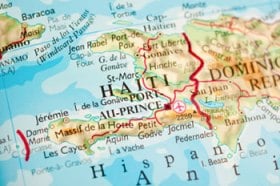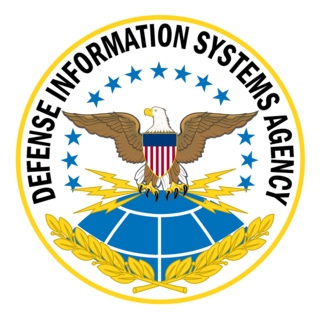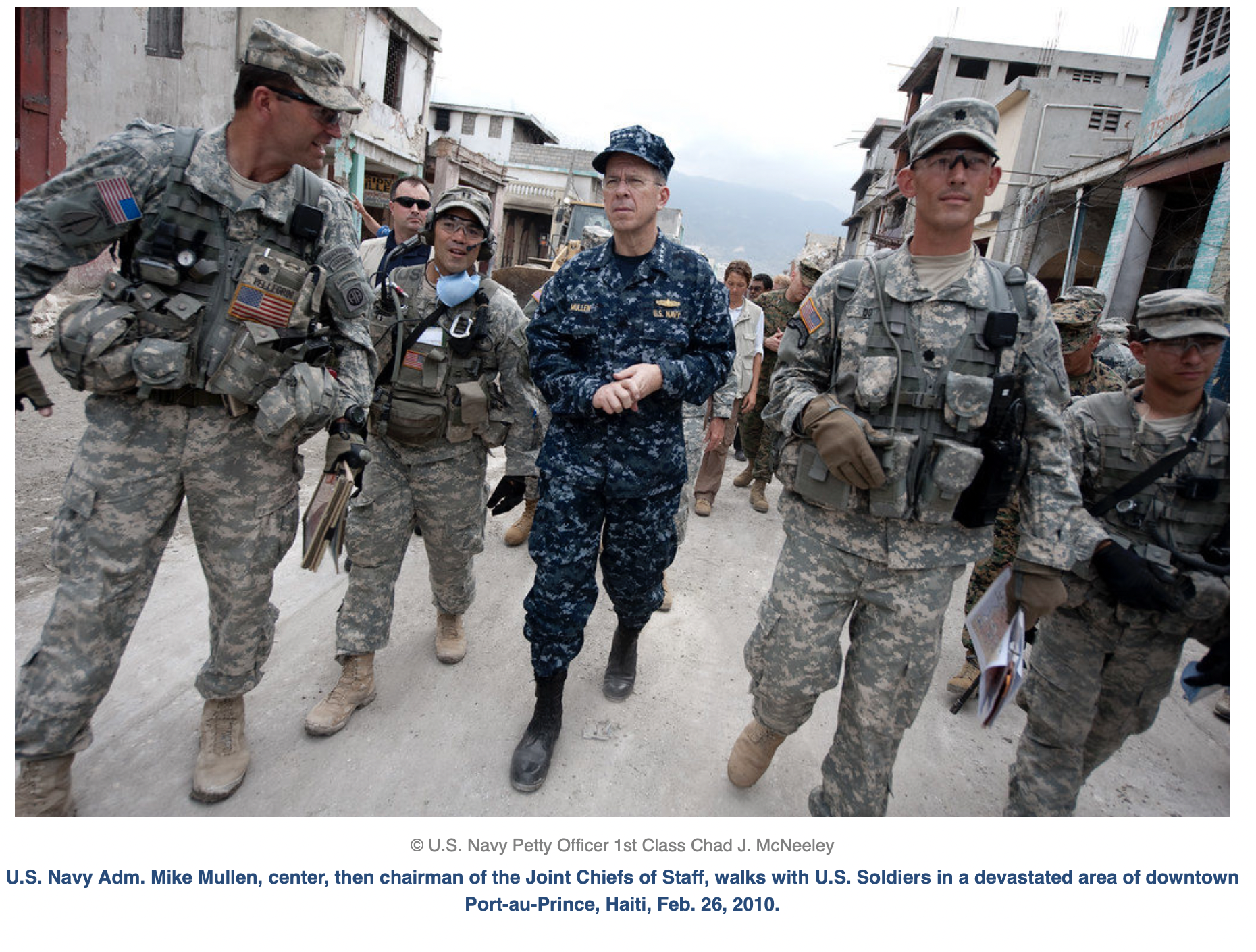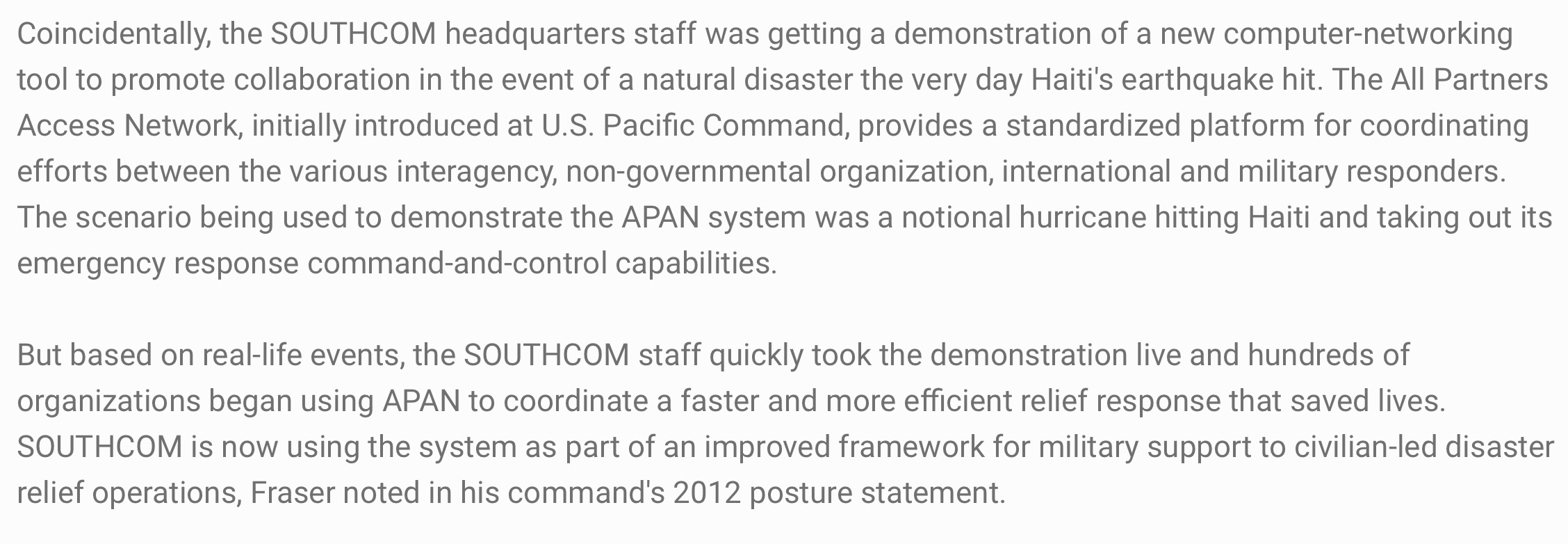Haiti’s 2010 Earthquake: Was there Foreknowledge? The Pentagon’s “Disaster Relief Scenario”, One Day Before it Happened

All Global Research articles can be read in 51 languages by activating the “Translate Website” drop down menu on the top banner of our home page (Desktop version).
To receive Global Research’s Daily Newsletter (selected articles), click here.
Visit and follow us on Instagram, Twitter and Facebook. Feel free to repost and share widely Global Research articles.
In Solidarity with the People of Haiti
 On the 29th of February 2024, we commemorate in solidarity with the people of Haiti, the 20th anniversary of the coup d’Etat against Haiti’s elected president Jean-Bertrand Aristide.
On the 29th of February 2024, we commemorate in solidarity with the people of Haiti, the 20th anniversary of the coup d’Etat against Haiti’s elected president Jean-Bertrand Aristide.
The US sponsored Coup d’Etat — with the support of France and Canada– was followed up with the deployment of a foreign military occupation force, coordinated by Brazil under the helm of President Luis (Lula) Inacio da Silva.
For details see:
The Destabilization of Haiti: Anatomy of a Military Coup d’Etat
By , February 24, 2024
The article below pertains to:
Haiti’s January 12, 2010 Earthquake
Haiti has a longstanding history of US military intervention and occupation going back to the beginning of the 20th Century. US interventionism has contributed to the destruction of Haiti’s national economy and the impoverishment of its population.
The devastating January 2010 earthquake was presented to World public opinion as the sole cause of the country’s predicament.
A country has been destroyed, its infrastructure demolished. Its people precipitated into abysmal poverty and despair. More than 200,000 deaths have been recorded.
From one day to the next, an outright military surge has occurred: 10,000 troops, marines, special forces, intelligence operatives, etc., not to mention private mercenary forces on contract to the Pentagon have been deployed.
The alleged humanitarian operation was used as a pretext and a justification to establish a more permanent US military presence in Haiti.
We are dealing with a massive deployment: a “surge” of military personnel assigned to emergency relief.
The first mission of SOUTHCOM was to take control of what remained of the country’s communications, transport and energy infrastructure.
While presidents Obama and Préval spoke on the phone, the deployment of US troops was taken and imposed unilaterally by Washington. The total lack of a functioning government in Haiti was used to legitimize, on humanitarian grounds, the sending in of a powerful military force (Michel Chossudovsky, Global Research, February 2010)
The US military had “come to the rescue” of an impoverished Nation. What was its Mandate?
Was it a Humanitarian Operation or an Invasion?
The main actors in America’s “humanitarian earthquake operation” were the Department of Defense, the State Department and the U.S. Agency for International Development (USAID).
USAID was also entrusted in channelling food aid to Haiti, which was distributed by the World Food Program.
The military component of the US mission, however, overshadowed the civilian functions of rescuing a desperate and impoverished population. The alleged “humanitarian operation” as well as the influx of military personnel was under the jurisdiction of The Pentagon.
The decision-making and organization was entrusted by the Pentagon to US Southern Command (US-SOUTHCOM).
A massive deployment of military hardware and personnel was implemented.
The Chairman of the Joint Chiefs of Staff Admiral Mike Mullen confirmed that the US would be sending nine to ten thousand troops to Haiti, including 2000 marines. (American Forces Press Service, January 14, 2010)
Aircraft carrier, USS Carl Vinson (image below) and its complement of supporting ships had already arrived in Port au Prince, three days following the earthquake (January 15, 2010).
Does it look like a humanitarian entity or is part of America’s War Machine? (See image below)
The 2,000-member Marine Amphibious Unit as well as soldiers from the U.S. Army’s 82nd Airborne division “are trained in a wide variety of missions including security and riot-control in addition to humanitarian tasks.”
This influx of US and allied combat troops into Haiti in 2010 contributed to reinforcing MINUSTAH’s “peacekeeping” contingent bringing total occupation forces to more than 20,000.
What Happened on the Day preceding the Earthquake?
The January 11, 2010 “Haiti Disaster Relief Scenario” at US-SouthCom
 A Haiti Disaster Relief Scenario and Exercise were
A Haiti Disaster Relief Scenario and Exercise were
HELD ONE DAY BEFORE IT HAPPENED, on January 11, 2010:
Held under the auspices of US Southern Command (US-SOUTHCOM), the regional military command responsible for the Southern part of the Western Hemisphere.
Was this coincidental or did US-SOUTHCOM and the Pentagon have foreknowledge of what was going to happen the following day?
The evidence suggests that already on January 11, 2010, the U.S. Armed forces and Navy were already in an advanced state of readiness.
it was not a spontaneous ad hoc military response to the earthquake. You do not plan a military operation of this nature in 48 hours. This was planned well in advance.
A decision was taken immediately after the earthquake hit on Tuesday January 12, 2010:
“SOUTHCOM decided to ‘Go Live'”
Foreknowledge?
Bear in mind, US-SOUTHCOM is not a humanitarian entity with a mandate and ability to channel emergency assistance.
SOUTHCOM’s foreknowledge of the earthquake raises the following issue: Were environmental modification techniques (ENMOD) used to trigger the earthquake?
While ENMOD techniques for military use were fully operational in 2010, there is no firm evidence of their use in relation to Haiti’s earthquake.
The following article was first published more than 14 years ago in the immediate wake of the Haiti earthquake of January 12, 2000.
Edits, revisions and corrections of the January 2010 article on February 27, 2024
In solidarity with the People of Haiti
Michel Chossudovsky, Global Research, August 23, 2021, February 27, 2024
***
Haiti’s January 12, 2010 Earthquake:
Disaster Relief Scenario
Tested by US Military One Day Before It Happened
By Michel Chossudovsky
January 21, 2010
A Haiti disaster relief scenario had been envisaged at the headquarters of US Southern Command (SOUTHCOM) in Miami one day prior to the January 12, 2010 earthquake.
The holding of “pre-disaster simulations” pertained to the impacts of a hurricane in Haiti. They were held on January 11, 2010
The Actors involved in the January 11, 2010 “Tests and Simulations”:
- US Southern Command (US-SOUTHCOM) in Miami, responsible for carrying out the tests and simulations.
- The Defense Information Systems Agency (DISA), under the jurisdiction of the Pentagon: entrusted in organizing the tests and scenarios (January 11, 2010) on behalf of US Southern Command (US-SOUTHCOM).
- DISA’s Transnational Information Sharing Cooperation project (TISC): a communications -information project which: “links non-government organizations [with the US government and military] in coordinating and organizing relief efforts”.The TISC is an essential component of the militarization of emergency relief. (See Government IT Scrambles To Help Haiti, TECHWEB January 15, 2010).
 The Defense Information Systems Agency (DISA) is a military entity. It does not have a mandate to lead a humanitarian emergency. It is defined by the US Department of Defense (DoD) as:
The Defense Information Systems Agency (DISA) is a military entity. It does not have a mandate to lead a humanitarian emergency. It is defined by the US Department of Defense (DoD) as:
“a combat support agency composed of military, federal civilians, and contractors. DISA provides information technology (IT) and communications support to the President, Vice President, Secretary of Defense, the military services, the combatant commands, and any individual or system contributing to the defense of the United States”
On the Day Prior to the Earthquake
“Jean Demay, DISA’s technical manager for the DISA agency’s Transnational Information Sharing Cooperation (TISC) project, happened to be at the headquarters of the U.S. Southern Command in Miami preparing for a test of the system in a scenario that involved providing relief to Haiti in the wake of a hurricane.”
(Bob Brewin, Defense launches online system to coordinate Haiti relief efforts (1/15/10) — GovExec.com, link no longer active.
Note, the simulation was based on a Hurricane, Not An Earthquake.
The US military through DISA oversees the information – communications system used by participating aid agencies. Essentially, it is a communications sharing system controlled by the US military, which is made available to approved non-governmental partner organizations. The Defense Information Systems Agency also “provides bandwidth to aid organizations involved in Haiti relief efforts.”
Bob Brewin of Government Executive, (See complete text of the Defense Information Systems Agency (DISA) Press Release and Bob Brewin’s text in Annex). (hyperlink to GovExec.com no longer functional)
While DISA’s Jean Demay was in charge of coordinating the tests and scenarios under the auspices of US-SOUTHCOM, there are no details in the public domain on the nature of the scenarios conducted on January 11, 2010. Moreover, there were no available reports on the participants (both military and civilian) involved in the tests and disaster relief scenarios.
One would expect, given DISA’s mandate, that the tests pertained to simulating communications. logistics and information systems in the case of a major emergency relief program in Haiti.
The fundamental concept underlying DISA’s Transnational Information Sharing Cooperation project (TISC) is to “Achieve Interoperability With Warfighters, Coalition Partners And NGOs” (Defense Daily, December 19, 2008)
Upon completing the tests and disaster scenarios on January 11, the TISC project was considered to be, in relation to Haiti, in “an advanced stage of readiness”.
“Going Live “
“After the earthquake hit on Tuesday [January 12, 2010], Demay said
“SOUTHCOM decided to go live with the system [tests and simulation scenarios conducted on January11, 2010].
On Monday [January 11, 2010, a day before the earthquake], Jean Demay, DISA’s technical manager for the agency’s Transnational Information Sharing Cooperation project (TISC), happened to be at the headquarters of the U.S. Southern Command in Miami preparing for a test of the system in a scenario that involved providing relief to Haiti in the wake of a hurricane.
After the earthquake hit on Tuesday [January 12, 2010], Demay said SOUTHCOM decided to go live with the system. On Wednesday [January 13, 2010], DISA opened up its All Partners Access Network, supported by the Transnational Information Sharing Cooperation project, to any organization supporting Haiti relief efforts.
On January 13, the day following the earthquake, SOUTHCOM took the decision to implement the TISC system, which had been rehearsed in Miami two days earlier.
“On [the following day] Wednesday [January 13, 2010], DISA opened up its All Partners Access Network, supported by the Transnational Information Sharing Cooperation project, to any organization supporting Haiti relief efforts.
Demay said that since DISA set up a Haiti Humanitarian Assistance and Disaster Relief Community of Interest on APAN on Wednesday [the day following the earthquake], almost 500 organizations and individuals have joined, including a range of Defense units and various nongovernmental organizations and relief groups.
(Bob Brewin, Defense launches online system to coordinate Haiti relief efforts (1/15/10) — GovExec.com emphasis added)
DISA has a Southern Command (SOUTHCOM) Field Office in Miami.
Related article
The Militarization of Emergency Aid to Haiti: Is it a Humanitarian Operation or an Invasion?
– by Michel Chossudovsky – 2010-01-15
ANNEX
Under the Haiti Disaster Emergency Program initiated on January 12, DISA’s mandate is described as part of a carefully planned military operation
Defense Information Systems Agency (DISA) Press Release
“DISA is providing US Southern Command with information capabilities which will support our nation in quickly responding to the critical situation in Haiti,” said Larry K. Huffman, DISA’s Principal Director of Global Information Grid Operations. “Our experience in providing support to contingency operations around the world postures us to be responsive in meeting USSOUTHCOM’s requirements.”
DISA, a Combat Support Agency, engineers and [sic] provides command and control capabilities and enterprise infrastructure to continuously operate and assure a global net-centric enterprise in direct support to joint warfighters, National level leaders, and other mission and coalition partners across the full spectrum of operations.
As DoD’s satellite communications leader, DISA is using the Defense Satellite Communications System to provide frequency and bandwidth support to all organizations in the Haitian relief effort.
This includes Super High Frequency missions that are providing bandwidth for US Navy ships and one Marine Expeditionary Unit that will arrive shortly on station to provide medical help, security, and helicopters among other support. This also includes all satellite communications for the US Air Force handling round-the-clock air traffic control and air freight operations at the extremely busy Port-Au-Prince Airport. DISA is also providing military Ultra High Frequency channels and contracting for additional commercial SATCOM missions that greatly increase this capability for relief efforts. (DISA -Press Release, January 2010, undated, emphasis added)
In the immediate wake of the earthquake, DISA played a key supportive role to US-SOUTHCOM, which was designated by the Obama administration as the de facto “lead agency” in the US Haitian relief program. The underlying system consists in integrating civilian aid agencies into the orbit of an advanced communications information system controlled by the US military. “DISA is also leveraging a new technology in Haiti that is already linking NGOs, other nations and US forces together to track, coordinate and better organize relief efforts”
(emphasis added)
Defense Information Systems Agency (DISA)
Launches online system to coordinate Haiti relief efforts
By Bob Brewin, Government Executive at Govexec.com 01/15/2010
http://www.govexec.com/story_page.cfm?articleid=44407&dcn=e_gvetwww (no longer active)
As personnel representing hundreds of government and nongovernmental agencies from around the world rush to the aid of earthquake-devastated Haiti, the Defense Information Systems Agency has launched a Web portal with multiple social networking tools to aid in coordinating their efforts.
On Monday [January 11, 2010, a day before the earthquake], Jean Demay, DISA’s technical manager for the agency’s Transnational Information Sharing Cooperation project, happened to be at the headquarters of the U.S. Southern Command in Miami preparing for a test of the system in a scenario that involved providing relief to Haiti in the wake of a hurricane.
After the earthquake hit on Tuesday [January 12, 2010], Demay said SOUTHCOM decided to go live with the system. On Wednesday [January 13, 2010], DISA opened up its All Partners Access Network, supported by the Transnational Information Sharing Cooperation project, to any organization supporting Haiti relief efforts.
The information sharing project, developed with backing from both SOUTHCOM and the Defense Department’s European Command, has been in development for three years. It is designed to facilitate multilateral collaboration between federal and nongovernmental agencies.
Demay said that since DISA set up a Haiti Humanitarian Assistance and Disaster Relief Community of Interest on APAN on Wednesday, almost 500 organizations and individuals have joined, including a range of Defense units and various nongovernmental organizations and relief groups.
APAN provides a series of collaboration tools, including geographical information systems, wikis, YouTube and MySpace-like pages and multilingual chat rooms.
Meanwhile, other organizations are tackling different technological challenges. Gianluca Bruni, the Dubai-based information technology chief for emergency preparedness and response for the World Food Programme, is setting up networks and systems to support United Nations and nongovernmental organizations in Haiti. WFP already has dispatched two communications kits to Haiti, with satellite systems that operate at 1 megabit per second and can support up to 100 users. It also has sent laptop computers, Wi-Fi access points and long-range point-to-point wireless systems to connect remote users to the satellite terminals. Bruni said eventually WFP plans to set up cyber cafés in Haiti for use all relief workers in the country.
Jon Anderson, a DISA spokesman, said the agency is supplying 10 megabits of satellite capacity to Navy, Marine and Air Force units engaged in the Haiti relief operation.
Many of the relief organizations and agencies in Haiti are bringing their own radio systems to the country. DISA has deployed a three-person team from its Joint Spectrum Management Element to help manage radio frequency spectrum.
The Joint Forces Command’s Joint Communications Support Element deployed two teams equipped with satellite systems and VoIP phones to support SOUTCOM in Port-au-Prince late Wednesday. Those systems were operational “in a matter of hours,” said JCSE Chief of Staff Chris Wilson. The organization will send another team to Haiti in the next few days.
Wilson said JCSE was able to get its gear into Haiti quickly because the systems already were loaded on pallets in Miami in preparation for an exercise that has been canceled.
So many governments and agencies from around the world have responded to the crisis in Haiti that they have overwhelmed the ability of the Port-au-Prince airport to handle incoming relief flights. The Federal Aviation Administration has had a ground-stop on aircraft headed for Haiti for much of the past two days.
FAA warned in an advisory Friday that “due to limited ramp space at Port-au-Prince airport,” with the exception of international cargo flights, “the Haitians are not accepting any aircraft into their airspace.”
The advisory added that domestic U.S. military and civilian flights to Haiti must be first be cleared by its command center. Exemptions will be based solely on the basis of ramp space. The agency also starkly warned “there is no available fuel” at the Port-au-Prince airport. (emphasis added)
Copyright Bob Brewin, Govexec.com, 2010.




